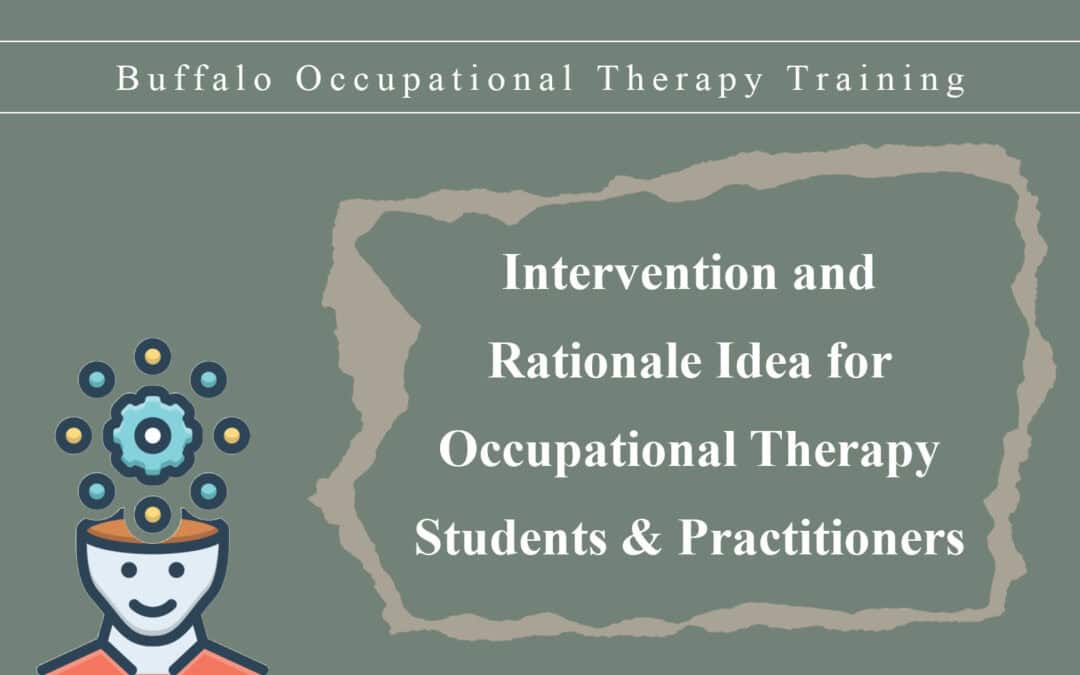Wrist Flexion and Extention:
Forearm Strengthening
Occupational Therapy Intervention : Wrist Flexion and Extension
Documentation and Activity Rationale
The patient engaged in a wrist AROM against resistance provided by a 2lb weighted ball. The exercise sequence elicited wrist flexion and extension in order to increase extrinsic forearm musculature. The patient was instructed to perform each movement slowly, methodically, and with complete control. No pain or discomfort verbalized by the patient, though the patient affirmed muscle fatigue at the end of the sequence. Therapeutic rest given after task.
Grading Strategies
Grading Up:
- include radial and ulnar deviation, circumduction, pronation and supination in the AROM sequence
Grading Down:
- begin with less weight
- fewer repetitions
Appropriate Diagnoses / Deficits
- generalized weakness
- atrophy s/p hand and/or wrist surgery
- CVA
- TBI
An occupational therapy practitioner would work on wrist flexion and extension using various shaped and weighted items, such as bars for cylindrical grasp, balls for spherical grasp, and books for specific grasp types, to achieve several therapeutic goals:
Strengthening Muscles: Different shapes and weights challenge the wrist flexor and extensor muscles, promoting muscle strengthening and endurance. This is crucial for improving overall wrist stability and function.
Enhancing Grip Variety: Practicing with various objects helps to enhance different types of grips such as cylindrical, spherical, and pinch grasps. This diversity in training ensures that patients can perform a wide range of everyday activities.
Improving Dexterity and Coordination: Using objects of different shapes and sizes requires fine motor skills and coordination. This helps to improve hand-eye coordination and dexterity, which are essential for precise movements.
Functional Application: Activities that involve gripping and manipulating different objects are directly related to daily tasks such as opening jars, picking up objects, and using tools. Training with these objects simulates real-life scenarios, making the therapy functional and relevant to the patient’s daily life.
Promoting Motor Control: Varying the resistance and shape of objects helps in refining motor control and proprioception, which are important for smooth and controlled movements of the wrist and hand.
Addressing Specific Deficits: Different objects target specific muscle groups and movement patterns. For example, using cylindrical objects primarily targets wrist flexion and extension, while spherical objects challenge the intrinsic muscles of the hand.
Encouraging Neural Adaptation: Engaging in diverse and challenging tasks promotes neuroplasticity, which is the brain’s ability to reorganize itself by forming new neural connections. This is especially important for patients recovering from neurological injuries.
Here’s an example of how specific objects can be used:
Cylindrical Grasp: Bars or tubes to improve wrist flexion and extension strength.
Spherical Grasp: Balls to enhance overall grip strength and coordination.
Lateral Pinch: Books or flat objects to practice the lateral pinch grasp, improving precision grip used in activities like holding cards or sheets of paper.

